Mar 27, 2024
The search for the Golden Path
Pursuing the “Golden Path” in DevOps represents an aspirational journey towards achieving operational excellence. This metaphorical “Paved Road” epitomises a state of DevOps where development and operational processes coexist and thrive in a seamless, efficient, and highly automated ecosystem. The tangible outcomes of this ideal state are manifested through the rapid, reliable, and repeatable delivery of software, positioning organisations to pivot with agility in response to fluctuating market dynamics and the evolving needs of customers.
Embarking on this path is full of challenges, and it demands a strategic blend of cultural evolution, process refinement, technological enhancement, security fortification, and continuous measurement and improvement. Here’s a comprehensive exploration of each step necessary to navigate towards the “Golden Path.”
- Cultural Transformation
The foundation of DevOps lies within its cultural paradigm – a philosophy predicated on collaboration, transparency, and shared responsibility. The shift towards this culture is often the most formidable hurdle, as it involves dismantling longstanding silos and fostering a milieu of open communication and continuous feedback among all stakeholders, including Development, Operations, Security, and Quality Assurance teams.
Parallel to this is the ethos of embracing a learning mindset. An environment that encourages continuous learning, experimentation, and adaptability is critical. Here, failure is not a setback but a stepping stone to knowledge, and adaptability is the currency of innovation.
- Process Optimisation
The second cornerstone is streamlining processes through automation. By automating repetitive and manual tasks such as testing, deployments, and monitoring, organisations can drastically reduce human error and augment efficiency. Implementing Continuous Integration and Continuous Deployment (CI/CD) pipelines is central to this strategy. CI/CD facilitates frequent and smaller releases, which are inherently more manageable and can be more readily reverted if necessary.
Feedback loops are also integral to process optimisation. These mechanisms ensure that any issues are promptly identified and rectified, mitigating costs and preventing delays.
- Technology Stack and Tools
A robust technology stack underpins the DevOps framework. It starts with version control systems, which are the bedrock for effective code change management and collaboration. Configuration management tools follow, ensuring consistency and reliability across different environments by managing server and application configurations.
Comprehensive monitoring and logging are non-negotiable in a mature DevOps environment. They provide visibility into application performance and system health, enabling proactive issue resolution and informed decision-making.
- Security and Compliance
The incorporation of security practices throughout the DevOps pipeline, often referred to as DevSecOps is indispensable. “Shifting left” on security means embedding security considerations at the start of the software development lifecycle rather than as an afterthought. Compliance automation, or “Compliance as Code,” fortifies this approach by ensuring regulatory and industry standards are met within the CI/CD pipeline.
- Measurement and Improvement
Metrics and Key Performance Indicators (KPIs) are crucial for tracking progress and identifying areas for enhancement. They provide insights into delivery speed, stability, and quality. The ethos of continuous improvement necessitates regular review and adaptation of processes, tools, and outcomes based on feedback and these metrics.
Challenges
The journey to DevOps maturity is resource-intensive. It demands considerable investment in time and tools to cultivate and sustain the practices necessary for achieving the “Golden Path.” Moreover, developing or acquiring requisite skills within the team can be a formidable challenge, often necessitating extensive training and recruitment. Resistance to change is another significant barrier, with organisational inertia potentially stalling the adoption of DevOps practices and the cultural transformation that underpins it.
The quest for the “Golden Path” in DevOps is intricate and iterative. It requires unwavering commitment, strategic resource allocation, and the agility to adapt continuously. While the path is strewn with challenges, the pursuit is worthwhile. The rewards of enhanced agility, superior quality, and increased efficiency not only justify the efforts but also secure a competitive advantage, ensuring long-term success in a rapidly transforming technological landscape.


